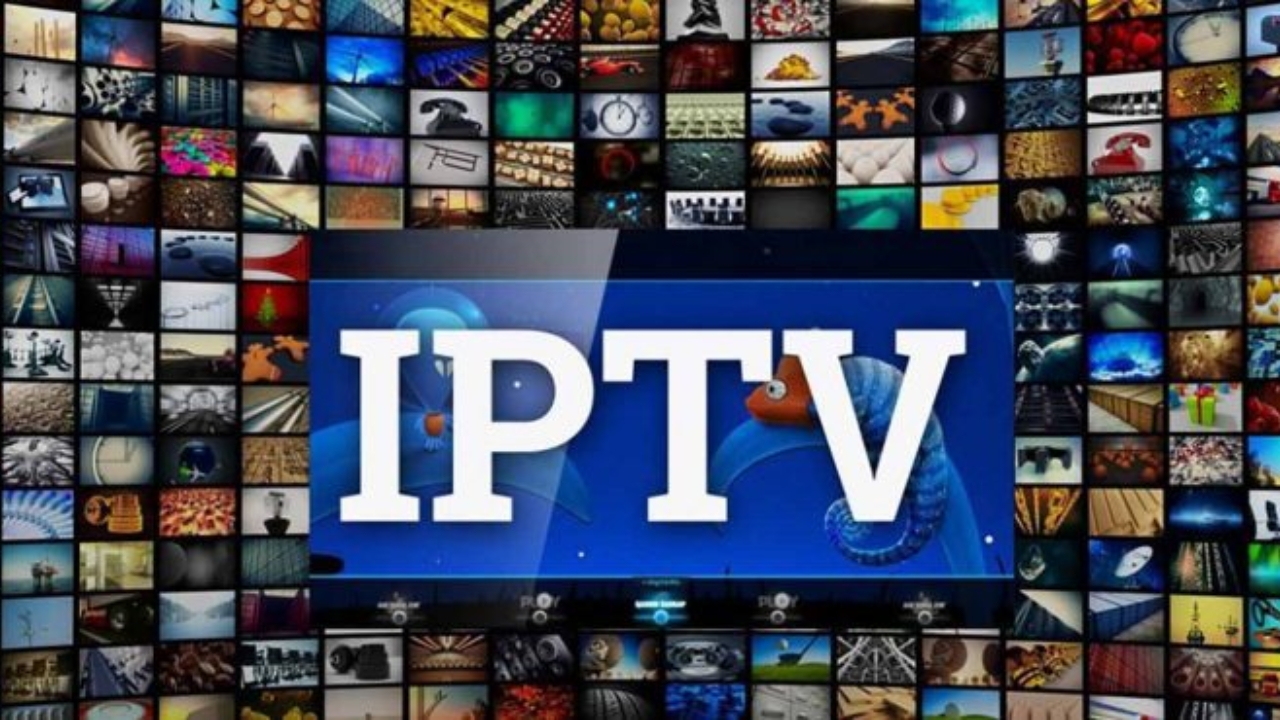
Television has come a long way since the days of rabbit ear antennas and bulky cable boxes. In today’s digital world, IP Television (IPTV) is quickly taking over as the preferred way to watch content. As internet speeds improve and streaming technology advances, more users are making the switch from traditional cable and satellite TV to IPTV for its flexibility, affordability, and massive content library with Streaming Technology.
\\\\\\But what exactly is IP Television (IPTV)? How does it work? And why is it becoming so popular in 2025? This guide will walk you through everything you need to know—from the basics of IPTV to how to set it up, its pros and cons, and the latest trends shaping the future of Streaming Technology.
Whether you’re a complete beginner or someone considering cutting the cord, understanding how IP Television (IPTV) works can help you make smarter choices about your entertainment setup. Let’s dive into this modern TV revolution and explore what makes it the go-to solution for streaming enthusiasts around the world.
IP Television, or IPTV, stands for Internet Protocol Television. Unlike traditional TV broadcasting methods like satellite or cable, IPTV delivers television content over the internet. This means instead of receiving signals via antennas, satellite dishes, or fiber optics, your shows, movies, and live broadcasts are streamed directly through your internet connection.
IPTV doesn’t rely on a set schedule. Instead, it offers on-demand viewing, live TV, and even catch-up TV (for previously aired programs). This makes it incredibly versatile for viewers who prefer flexibility in when and how they consume content.
There are three main types of IPTV services with Streaming Technology:

The basic mechanism behind IPTV is quite simple. Here’s how it functions:
To access IPTV, you typically need:
Here are some of the top advantages of switching to IPTV:
IPTV services are often far cheaper than cable or satellite packages, offering thousands of channels at a fraction of the cost.
With IPTV, you gain access to global channels, movies, TV shows, and sports, often in multiple languages and from different countries.
IPTV gives you the freedom to watch content anytime, anywhere, as long as you have internet access. Whether it’s on a smart TV or a mobile phone, you’re not tied down.
Many IPTV services offer HD and 4K content, provided you have a strong internet connection. The quality often rivals or surpasses that of traditional cable.
No technology is perfect, and IPTV comes with a few potential downsides:
Your viewing experience is entirely dependent on your internet speed and stability. Poor connections can lead to buffering or poor quality.
Some IPTV services operate in a legal grey area, especially if they stream copyrighted content without proper licensing. Always choose reputable, licensed providers.
Not all IPTV services work with every device out of the box. Some require sideloading apps or additional setup, which can be challenging for non-tech-savvy users.
Many low-cost IPTV providers operate without robust customer support systems. If something goes wrong, resolving it may take time.
Getting started with IPTV is easier than you think. Here’s a step-by-step guide:
Here’s what the IPTV landscape looks like in 2025:
IPTV (Internet Protocol Television) is a method of delivering TV content via Internet protocols instead of traditional cable or satellite formats. It allows users to stream live TV, on-demand content, and recorded shows through internet-connected devices.
IPTV is legal when the provider has the proper licenses to stream the content they offer. However, many unofficial services stream pirated channels. Always choose licensed, reputable IPTV providers to avoid legal issues.
For a smooth experience, you’ll need at least:
Yes, many IPTV apps now offer DVR (Digital Video Recording) features. Some services store content in the cloud, while others allow local recording on supported devices.
IP Television is transforming how we experience media. With its flexibility, affordability, and content-rich nature, it’s no surprise that more and more users are making the switch. Whether you’re tired of expensive cable bills or just want more control over your viewing experience, IPTV provides a compelling solution in 2025.
It allows you to watch what you want, when you want, and on the device of your choice—without being restricted by old-school schedules or expensive bundles. And as the technology improves, the user experience will only continue to evolve.
If you’re ready to cut the cord and embrace modern television, IP Television might be the perfect next step for your digital lifestyle. Just be sure to choose reputable providers, stay on the right side of the law, and enjoy the world of endless entertainment at your fingertips.